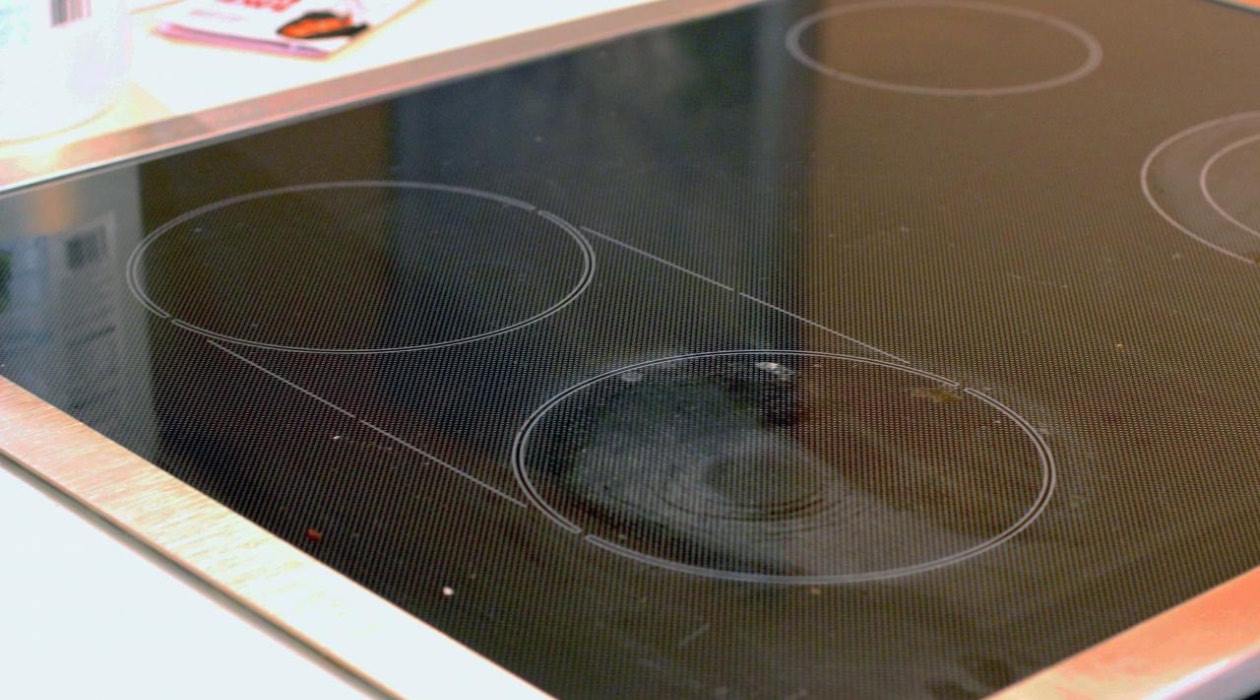

Articles
How To Get White Film Off Glass Top Stove
Modified: May 6, 2024
Learn effective techniques and articles on how to remove stubborn white film from your glass top stove, ensuring a sparkling and clean cooking surface.
(Many of the links in this article redirect to a specific reviewed product. Your purchase of these products through affiliate links helps to generate commission for Storables.com, at no extra cost. Learn more)
Introduction
Keeping your glass top stove clean and shiny can be a challenging task. One common issue that many stove owners encounter is the appearance of a white film on the surface. This white film can make your stove look dull and unattractive, and it can be tough to remove if you don’t know the right methods.
The white film on a glass top stove can be caused by several factors. One of the main culprits is mineral deposits or hard water stains. When water evaporates on the hot stove surface, it can leave behind mineral residues, which create the white film. Another cause can be the buildup of grease, food spills, or cleaning product residues that have been baked onto the stove surface.
Fortunately, there are several effective methods for removing the white film from your glass top stove. In this article, we will discuss some of the most common and reliable methods that you can try at home. Whether you prefer using natural ingredients or commercial cleaners, there’s a solution that will work for you.
Before we dive into the methods, it’s important to note that cleaning a glass top stove requires extra care and caution. The surface is delicate and can be easily scratched or damaged by abrasive materials. So, it’s essential to follow the recommended cleaning techniques and take precautions to protect your stove during the cleaning process.
Now, let’s explore the different methods you can use to get rid of that stubborn white film on your glass top stove and restore its shine and beauty.
Key Takeaways:
- Say goodbye to the white film on your glass top stove by using natural ingredients like vinegar, baking soda, and lemon juice. Follow precautions to protect your stove and enjoy a sparkling, clean surface.
- Don’t let the white film ruin the appearance of your glass top stove. Choose from various effective methods, including commercial cleaners and razor blade scrapers, to restore its shine and beauty. Remember to take precautions and prioritize safety.
Read more: How To Get Melted Plastic Off Glass Cooktop
What causes the white film on a glass top stove
The white film that appears on a glass top stove can be quite frustrating. Understanding the causes of this problem can help you prevent it from recurring and choose the most appropriate cleaning method. There are a few common culprits that contribute to the formation of the white film on your stove.
One of the main causes is mineral deposits or hard water stains. If you live in an area with hard water, the minerals present in the water supply can leave behind residues on the stove’s surface when the water evaporates during cooking. These mineral deposits can build up over time, resulting in a cloudy or white film on the stove.
Another factor that can contribute to the white film is grease and food spills that are not promptly cleaned. When cooking, oil and food particles can splatter onto the glass top surface. If these spills are not properly wiped and cleaned, they can accumulate and form a white film as they are subjected to heat and further cooking.
Additionally, the use of inappropriate or excessive cleaning products can also cause a white film to appear on the glass top stove. If you use harsh or abrasive cleaners or fail to rinse them off completely, the residues from these cleaners can create a cloudy or hazy appearance on the stove surface.
In some cases, the white film may be a result of the accumulation of soap and detergent residues from dishwashing. When washing pots, pans, and utensils, some soapy water may come into contact with the stove surface. If these soap residues are not thoroughly rinsed off, they can dry on the surface and contribute to the formation of the white film.
Now that you have a better understanding of the possible causes of the white film on your glass top stove, it’s time to explore the different methods that can effectively remove it. Let’s dive into the following sections to discover the cleaning techniques and materials you can use to restore your stove’s sparkle.
Common methods for removing the white film
When it comes to removing the white film from a glass top stove, you have several options to choose from. These methods range from using natural ingredients to commercial cleaners. Let’s explore some of the most common and effective methods in detail, so you can find the one that suits you best.
1. Vinegar and water solution: Vinegar is a versatile and natural cleaning agent that can effectively dissolve mineral deposits and residues on a glass top stove. Mix equal parts of white vinegar and water in a spray bottle. Spray the solution onto the surface and let it sit for a few minutes. Then, gently scrub the stove with a soft cloth or sponge. Finally, wipe the stove clean with a damp cloth to remove any remaining vinegar or residue.
2. Baking soda and water paste: Baking soda is another highly effective natural cleaner that can help remove the white film on your stove. Create a paste by mixing baking soda with enough water to form a thick consistency. Apply the paste to the affected areas and let it sit for a few minutes. Then, use a soft sponge or cloth to scrub the stove in a circular motion. Rinse the surface thoroughly with water and wipe it dry.
3. Commercial glass stove-top cleaner: There are many commercial cleaning products specifically designed for glass top stoves. These cleaners contain ingredients that can effectively dissolve and remove stubborn stains and residues. Follow the instructions on the product packaging and use a soft cloth or sponge to apply the cleaner to the stove’s surface. Gently scrub the affected areas and then rinse the stove thoroughly with water.
4. Lemon juice and salt scrub: Lemon juice is a natural acidic cleaner that can cut through grease and remove mineral deposits. Squeeze fresh lemon juice onto the stove’s surface and sprinkle a thin layer of salt over the juice. Use a sponge or cloth to scrub the stove in a circular motion. Rinse the surface with water and dry it with a clean cloth.
5. Razor blade scraper: For tougher and stubborn stains, you can use a razor blade scraper. Use caution with this method to avoid scratching the glass surface. Hold the scraper at a slight angle and gently scrape the white film, being careful not to apply too much pressure. Once the residue is removed, clean the surface with a gentle cleaner and rinse thoroughly.
Now that you’re familiar with these common methods, you can choose the one that suits you best and take the necessary precautions to protect your glass top stove while cleaning. Let’s explore these precautions in the next section.
Method 1: Vinegar and water solution
One of the most popular and effective methods for removing the white film from a glass top stove is by using a vinegar and water solution. Vinegar is a natural and affordable ingredient that can dissolve mineral deposits and residues without causing any damage to the surface of your stove.
To use the vinegar and water solution, you’ll need equal parts of white vinegar and water. Mix them together in a spray bottle to create the cleaning solution. Here are the steps to follow:
- Ensure that your glass top stove is cool and unplugged before you begin the cleaning process.
- Spray the vinegar and water solution generously onto the affected areas of the stove’s surface.
- Allow the solution to sit for a few minutes to penetrate the white film and dissolve the mineral deposits.
- Gently scrub the stove with a soft cloth or sponge in circular motions. Avoid using abrasive materials that can scratch the glass surface.
- Rinse the cloth or sponge regularly to remove the loosened residue and prevent it from spreading.
- Once you’ve scrubbed the entire surface, use a damp cloth to wipe away any remaining vinegar or residue.
- For stubborn or heavy buildup, you may need to repeat the process or allow the solution to sit for a longer period.
- Once you’re satisfied with the results, rinse the stove thoroughly with clean water to remove any residual vinegar.
- Finally, use a clean, dry cloth to wipe the stove surface and remove any excess moisture.
It’s important to note that while vinegar is an effective cleaner for removing white film, it may have a strong smell. The odor will dissipate as the stove dries. However, if you’re sensitive to the smell or prefer an alternative, you can add a few drops of essential oil, such as lemon or lavender, to the vinegar solution to mask the scent.
In addition, always exercise caution when cleaning a glass top stove. Avoid using abrasive materials, scrubbing too forcefully, or applying excessive pressure that may result in scratches or damage to the surface. Take your time and be thorough, ensuring that you clean all areas affected by the white film.
Using a vinegar and water solution to remove the white film from your glass top stove is a simple and cost-effective method. It’s a great option for those who prefer natural cleaning solutions and want to avoid the use of harsh chemicals. However, if you’re looking for alternative methods, continue reading for more cleaning options.
Method 2: Baking soda and water paste
If you’re looking for a natural and gentle alternative to remove the white film from your glass top stove, using a baking soda and water paste is a great option. Baking soda is a versatile cleaning agent that can effectively break down grease and remove stubborn residues without scratching or damaging the surface of your stove.
To prepare the baking soda and water paste, you’ll need baking soda and enough water to create a thick and spreadable consistency. Follow these steps to use the baking soda paste for cleaning:
- Make sure your glass top stove is cool and unplugged before you begin the cleaning process.
- In a small bowl, mix baking soda with water, gradually adding water until you achieve a thick paste consistency.
- Apply the baking soda paste directly onto the areas with white film on your stove’s surface.
- Allow the paste to sit for a few minutes to penetrate and loosen the residue.
- Gently scrub the surface with a soft sponge or cloth, using circular motions. Avoid using abrasive materials that could scratch the glass.
- Rinse the sponge or cloth regularly to remove loosened residue and prevent it from spreading.
- Continue scrubbing until you’ve covered the entire affected area.
- Rinse the stove’s surface thoroughly with clean water to remove any remaining baking soda residue.
- Use a dry cloth to wipe the stove and remove any excess moisture.
If the white film is particularly stubborn or has built up over time, you may need to repeat the process or allow the baking soda paste to sit on the affected areas for a longer period before scrubbing. The gentle abrasiveness of baking soda can help to dislodge the residue, breaking it down for easier removal.
It’s important to note that baking soda is a mild abrasive, so it’s safe to use on glass surfaces. However, always use a soft sponge or cloth to prevent scratching the glass top. Avoid using abrasive brushes or steel wool pads that could potentially damage the surface.
The baking soda and water paste method is an effective and natural way to remove the white film from your glass top stove. It’s a cost-effective option that is readily available in most households. If you prefer using non-toxic and eco-friendly cleaning solutions, this method is perfect for you. However, if you’re looking for alternative methods, there are more options to explore.
Use a mixture of equal parts white vinegar and water to spray onto the glass top stove. Let it sit for a few minutes, then scrub with a non-abrasive sponge or cloth to remove the white film. Rinse with water and dry with a clean cloth.
Read more: How To Get Stains Off Glass Stove Top
Method 3: Commercial glass stove-top cleaner
If you prefer using a specialized cleaner specifically designed for glass top stoves, commercial glass stove-top cleaners are a great option. These cleaners are formulated to effectively remove stubborn stains, grease, and white film without causing damage to the glass surface.
When choosing a glass stove-top cleaner, look for one that is specifically labeled for use on glass or ceramic surfaces. Follow the instructions provided by the manufacturer, as different cleaners may have varying application methods. Here is a general guide on how to use a commercial glass stove-top cleaner:
- Ensure that your glass top stove is cool and unplugged before you start cleaning.
- Apply a small amount of the glass stove-top cleaner to a soft cloth or sponge. Be careful not to use too much cleaner, as a little usually goes a long way.
- Gently rub the cleaner onto the affected areas of the stove’s surface. Use circular motions to loosen and remove the white film and any other residues.
- If the cleaner has a recommended dwell time, allow it to sit as instructed to effectively break down the white film.
- Thoroughly rinse the stove’s surface with clean water to remove any lingering cleaner and residue. Ensure that all traces of the cleaner are removed.
- Using a dry cloth, wipe the stove to remove any excess moisture and leave the surface sparkling clean and dry.
It’s crucial to follow the instructions provided by the manufacturer on the product packaging, as different cleaners may have specific requirements or precautions. Some cleaners may require additional rinsing or may have specific recommendations for handling stubborn stains or heavy buildup.
Commercial glass stove-top cleaners offer convenience and efficiency, as they are specifically designed for the task at hand. They often contain active ingredients that can quickly dissolve tough stains and remove the white film effectively. However, it’s essential to handle these cleaners with care, ensuring proper ventilation and avoiding contact with the skin or eyes. Always keep them out of reach of children and follow the safety instructions provided.
Using a commercial glass stove-top cleaner can save you time and effort, providing a quick and hassle-free solution to remove the white film from your glass top stove. However, it’s always a good idea to explore different cleaning methods to find the one that works best for you and your specific stove cleaning needs. Let’s move on to the next method to continue our exploration.
Method 4: Lemon juice and salt scrub
If you prefer a natural and refreshing option to remove the white film from your glass top stove, using a lemon juice and salt scrub can be highly effective. Lemon juice is a natural acid that can help dissolve stains and cut through grease, while salt acts as a gentle abrasive to scrub away residue without scratching the glass surface.
To create a lemon juice and salt scrub for cleaning your stove, follow these steps:
- Ensure that your glass top stove is cool and unplugged before you begin the cleaning process.
- Cut a fresh lemon in half and squeeze the juice into a small bowl. Remove any seeds or pulp.
- Sprinkle a generous amount of salt onto the lemon juice to create a paste-like consistency. Stir it together to ensure the salt is evenly mixed.
- Dip a soft cloth or sponge into the lemon juice and salt mixture, making sure to saturate it well.
- Gently scrub the affected areas of the stove’s surface, using circular motions. Apply light pressure to avoid scratching the glass. The lemon juice will help break down the white film, while the salt acts as a gentle abrasive to remove it.
- Rinse the cloth or sponge periodically to remove the loosened residue and prevent it from spreading.
- Continue scrubbing until you’ve covered all areas with the white film.
- Rinse the stove’s surface thoroughly with clean water to remove any remaining lemon juice or salt residue.
- Finally, using a clean, dry cloth, wipe the stove to remove any excess moisture and leave the surface shiny and dry.
The natural acidic properties of lemon juice, combined with the gentle abrasiveness of salt, make this method an effective solution for tackling white film on your glass top stove. Lemon juice also leaves a fresh citrus scent behind, which can be a pleasant bonus during the cleaning process.
However, it’s important to note that lemon juice is acidic, which means you should exercise caution when using it on certain types of stove surfaces. Test a small area first to ensure that it does not cause any negative effects, such as discoloration or damage. If you have any doubts, consult the manufacturer’s guidelines or consider using an alternative cleaning method.
Now that you’re familiar with the lemon juice and salt scrub method, you have another natural and effective option for removing the white film from your glass top stove. There is one more method to explore, so let’s move on to the next section.
Method 5: Razor blade scraper
When dealing with stubborn and tough-to-remove white film on your glass top stove, using a razor blade scraper can be a highly effective method. However, it’s important to exercise caution and follow proper technique to avoid scratching or damaging the glass surface.
Here’s a step-by-step guide on how to safely use a razor blade scraper to remove the white film from your stove:
- Ensure that your glass top stove is cool and unplugged before you begin the cleaning process.
- Hold the razor blade scraper at a slight angle, almost parallel to the surface of the stove.
- Gently and carefully scrape the white film using light pressure, moving the scraper in a flat direction across the surface.
- Be cautious not to apply excessive pressure or press too hard to avoid scratching the glass. Use finesse and let the sharp edge of the razor blade do the work.
- Continue scraping the white film until it is completely removed. If necessary, rinse the scraper blade frequently to remove any residue buildup.
- Once the white film has been removed, clean the stove surface with a gentle cleaner or a mixture of dish soap and water to remove any remaining residue.
- Rinse the stove thoroughly with clean water to remove all traces of the cleaner or soapy water.
- Using a clean, dry cloth, wipe the stove to remove excess moisture and leave the glass top surface sparkling and dry.
It’s important to note that a razor blade scraper should only be used on glass top stoves, not on any other type of surface. Additionally, always ensure that the blade is sharp and free of any nicks or imperfections. A dull or damaged blade can increase the risk of scratching the glass surface.
While a razor blade scraper can be highly effective for removing stubborn white film, it is recommended to use this method only as a last resort when other cleaning methods have failed. Take your time, be patient, and exercise caution to achieve the best results without causing any damage to your glass top stove.
Now that you’re familiar with the razor blade scraper method, you have another option to tackle stubborn white film on your glass top stove. However, it’s important to remember that prevention is key, so taking proper care and regularly cleaning your stove can help minimize the buildup of white film in the first place.
Precautions to take while cleaning
When cleaning a glass top stove and attempting to remove the white film, it’s important to take certain precautions to ensure the safety of both yourself and the stove. By following these precautions, you can protect the stove from damage and prevent any accidents during the cleaning process. Here are some important precautions to keep in mind:
- Ensure that the stove is completely cool before you start cleaning. Cleaning a hot stove can increase the risk of burns or injuries.
- Always unplug the stove from the power source before cleaning. This reduces the risk of any electrical accidents.
- Avoid using abrasive materials or scrub brushes that can potentially scratch or damage the glass surface. Instead, opt for soft cloths or sponges specifically designed for glass-top stove cleaning.
- Use gentle cleaning motions and avoid applying excessive pressure, especially when using a razor blade scraper. Gentle and controlled movements can prevent scratches or damage to the glass surface.
- Choose cleaning products or solutions recommended by the stove manufacturer or specifically formulated for glass-top stoves. Using harsh chemicals or abrasive cleaners can cause damage to the stove’s surface.
- Properly ventilate the area while cleaning, especially when using strong cleaners or solutions that may emit fumes. Open windows or turn on kitchen exhaust fans to ensure good airflow.
- Wear protective gloves if you have sensitive skin or if you are using chemicals that may irritate your skin. This will help protect your hands from any potential harm.
- When using liquid solutions, sprays, or cleaners, avoid allowing them to come into contact with the stove’s electrical components or control knobs. This can prevent damage and electrical malfunctions.
- If you are unsure about a particular cleaning method or product, always refer to the stove manufacturer’s guidelines or consult a professional for advice.
- Store your cleaning supplies in a safe and secure place, away from children and pets.
By following these precautions, you can ensure the safety of both yourself and your glass top stove while effectively removing the white film. Regular maintenance and proper cleaning techniques can help prolong the lifespan and appearance of your stove, keeping it looking clean and shiny for years to come.
Now that you are aware of the precautions to take, you can confidently proceed with cleaning your glass top stove and removing the white film. Let’s conclude our article in the next section.
Conclusion
Removing the stubborn white film from a glass top stove can seem like a daunting task, but with the right methods and precautions, you can restore your stove’s shine and beauty. Whether you prefer using natural ingredients or commercial cleaners, there are various effective ways to tackle this issue.
Throughout this article, we explored several common methods for removing the white film from your glass top stove, including vinegar and water solution, baking soda and water paste, commercial glass stove-top cleaner, lemon juice and salt scrub, and a razor blade scraper. Each method offers its own set of advantages and considerations, allowing you to choose the one that suits your preference and cleaning needs.
It’s important to remember to take precautions while cleaning your stove to prevent damage and potential accidents. Always ensure the stove is cool, unplug it before cleaning, and use appropriate tools and cleaners. Avoid applying excessive pressure or abrasive materials that can scratch the glass surface, and follow the instructions provided by the manufacturers of your stove and cleaning products.
By incorporating regular maintenance and cleaning into your routine, you can prevent the buildup of white film and keep your glass top stove looking pristine. Remember to clean up spills and residue promptly to avoid stubborn stains. Additionally, practicing preventive measures like using proper cookware and wiping the stove down after each use can help maintain its appearance.
Now that you have a thorough understanding of different methods to remove the white film from your glass top stove, you can confidently and safely tackle this issue. Choose the method that aligns with your preferences and the materials available to you, and always prioritize the well-being of your stove and your own safety.
With regular care and the appropriate cleaning techniques, your glass top stove will not only be free from the white film but will also remain a beautiful focal point in your kitchen for years to come.
Now that you've mastered removing stubborn white film from your glass top stove, why not tackle another common kitchen challenge? Discovering oven cleaning hacks for a spotless finish can transform your approach to kitchen maintenance. These tips not only simplify the cleaning process but also ensure that your oven shines without much elbow grease. Dive into our detailed guide and let your kitchen appliances sparkle like never before!
Frequently Asked Questions about How To Get White Film Off Glass Top Stove
Was this page helpful?
At Storables.com, we guarantee accurate and reliable information. Our content, validated by Expert Board Contributors, is crafted following stringent Editorial Policies. We're committed to providing you with well-researched, expert-backed insights for all your informational needs.
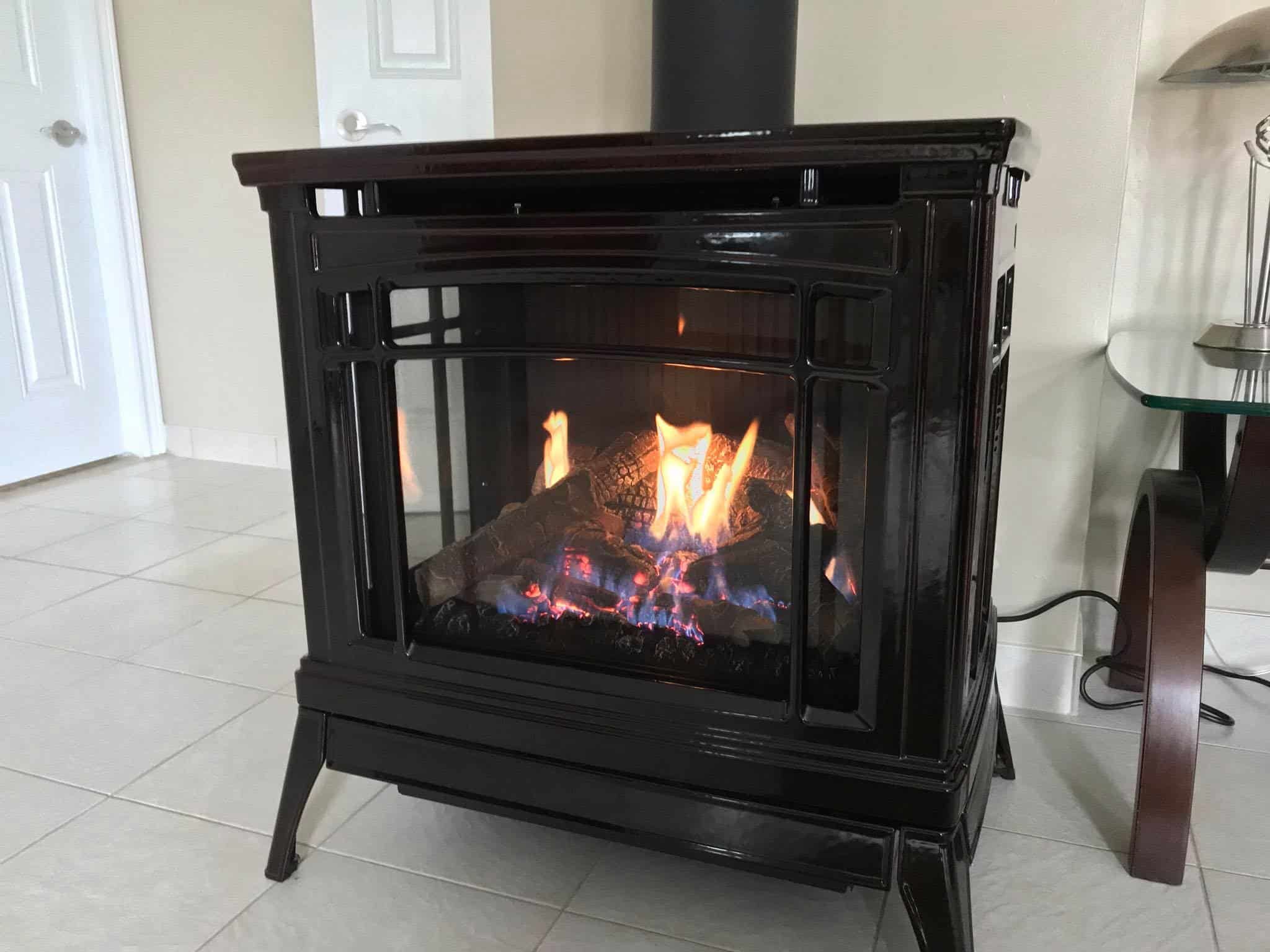
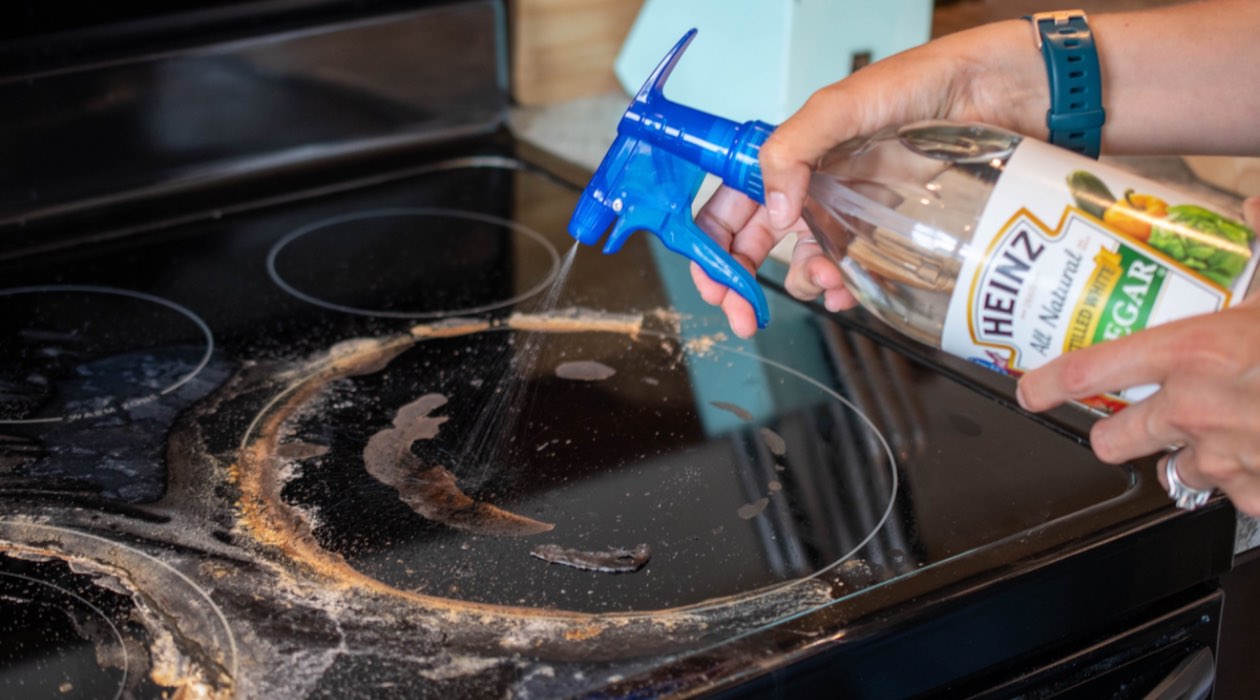
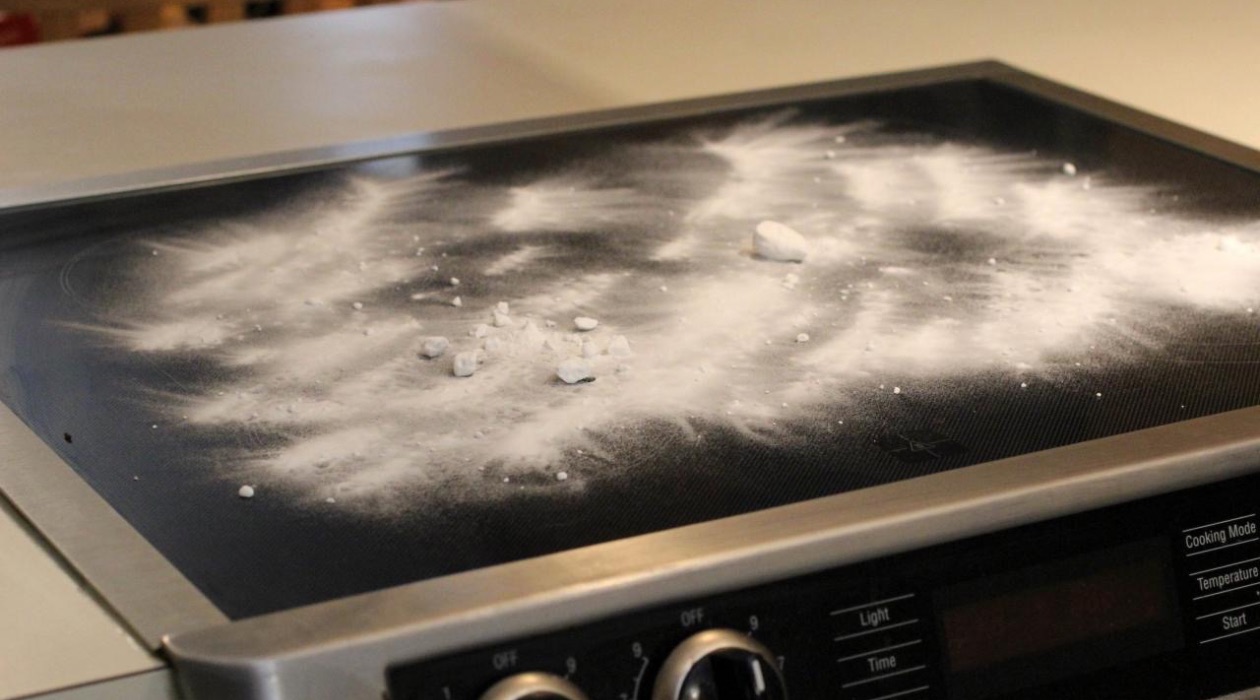
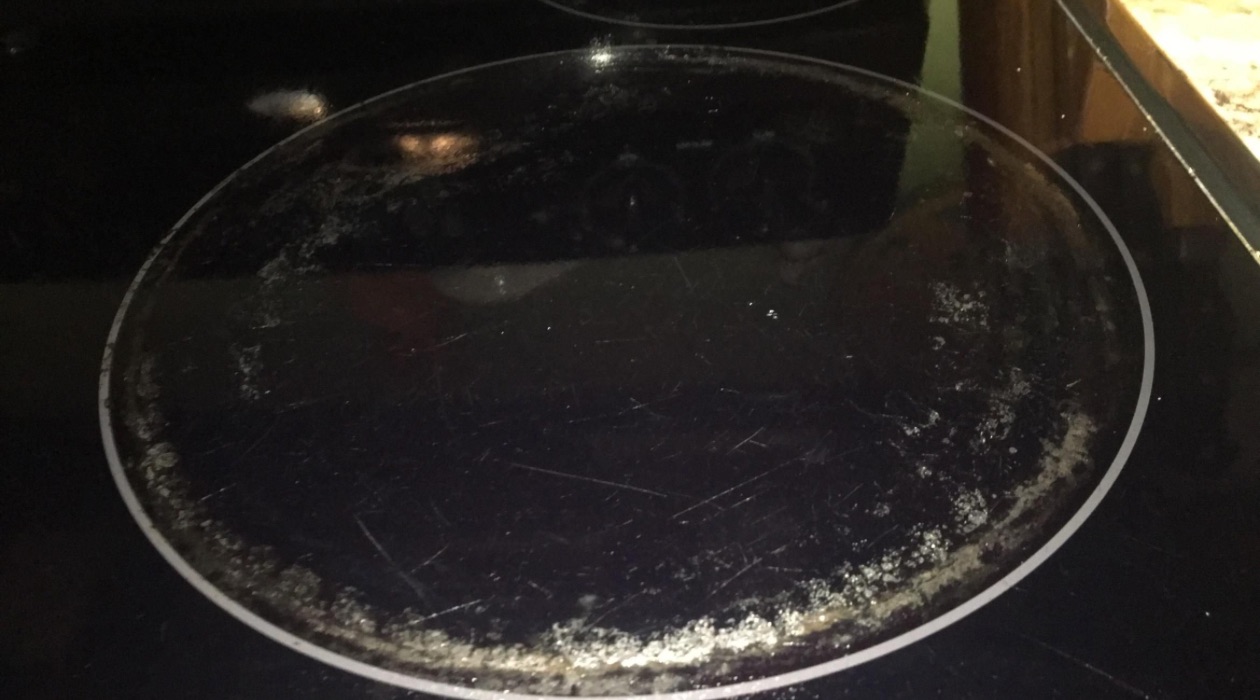
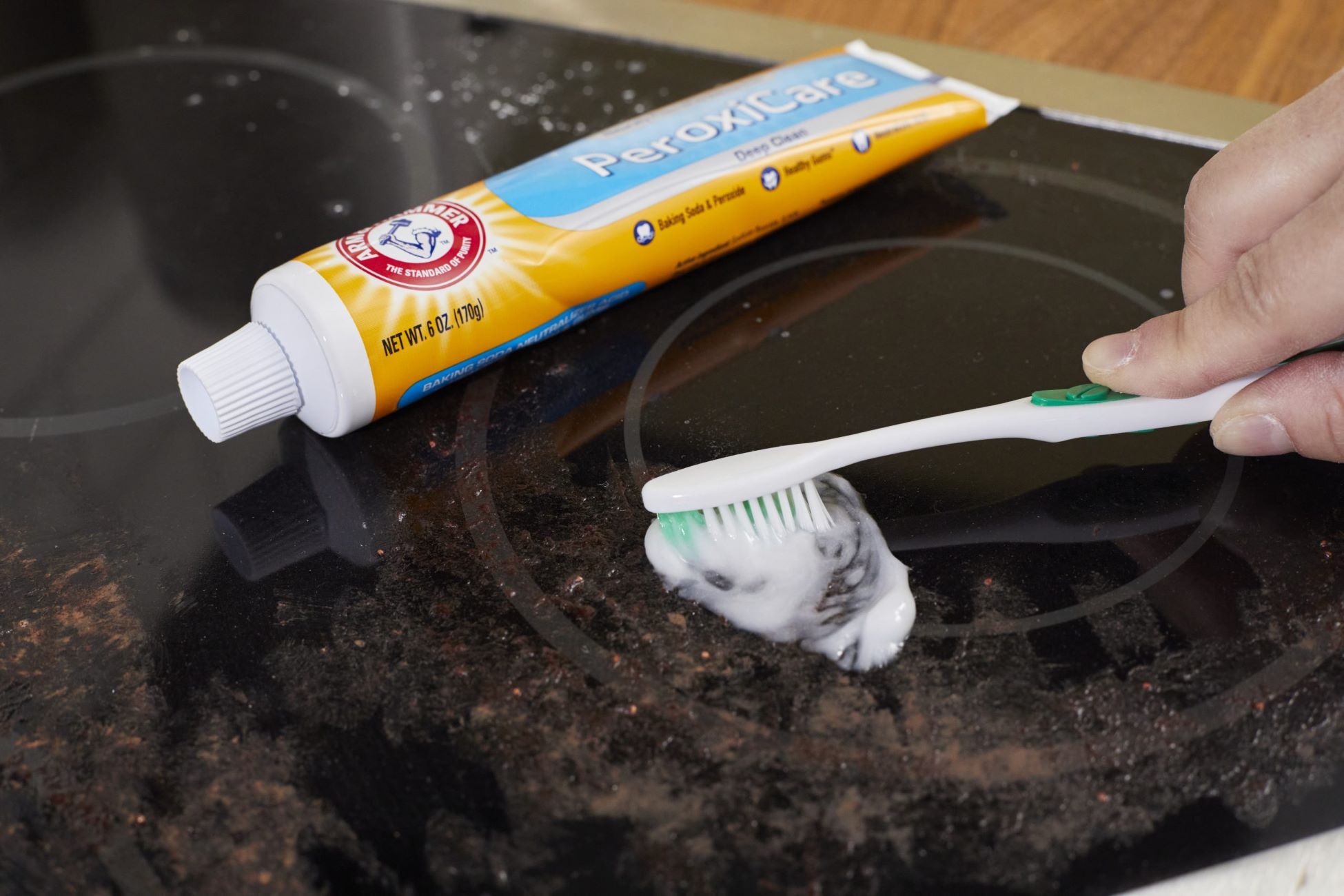
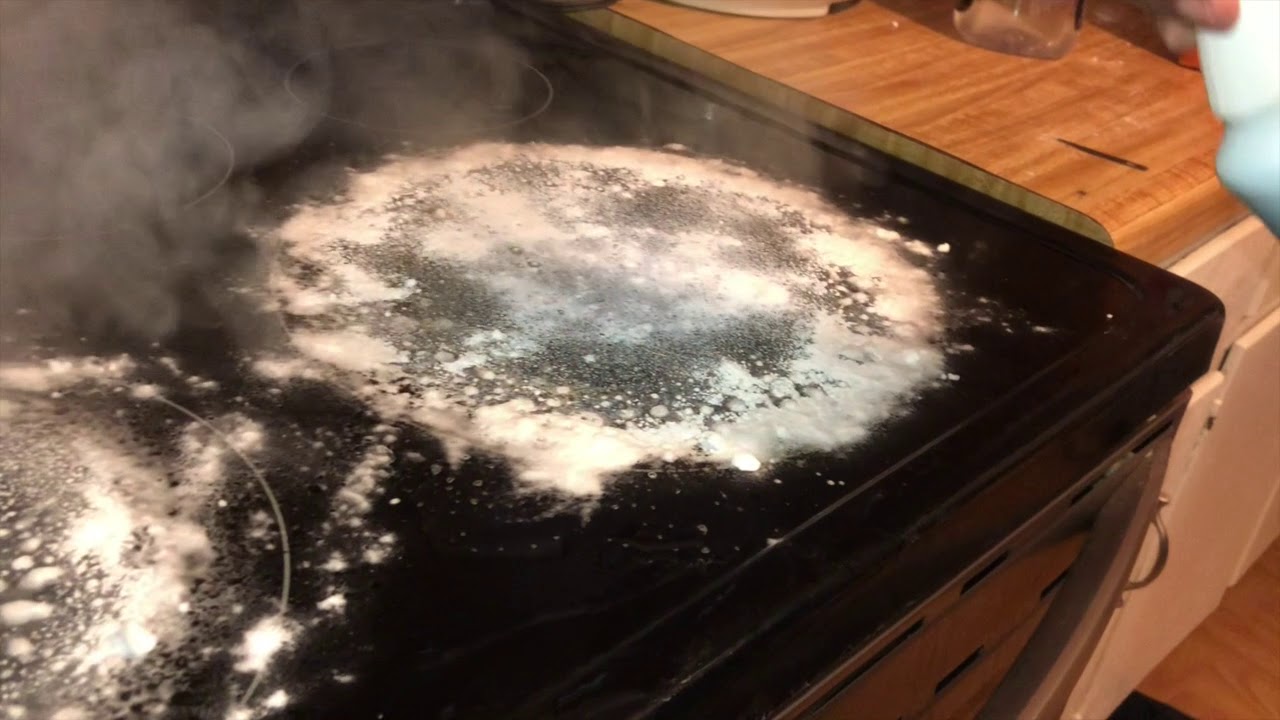
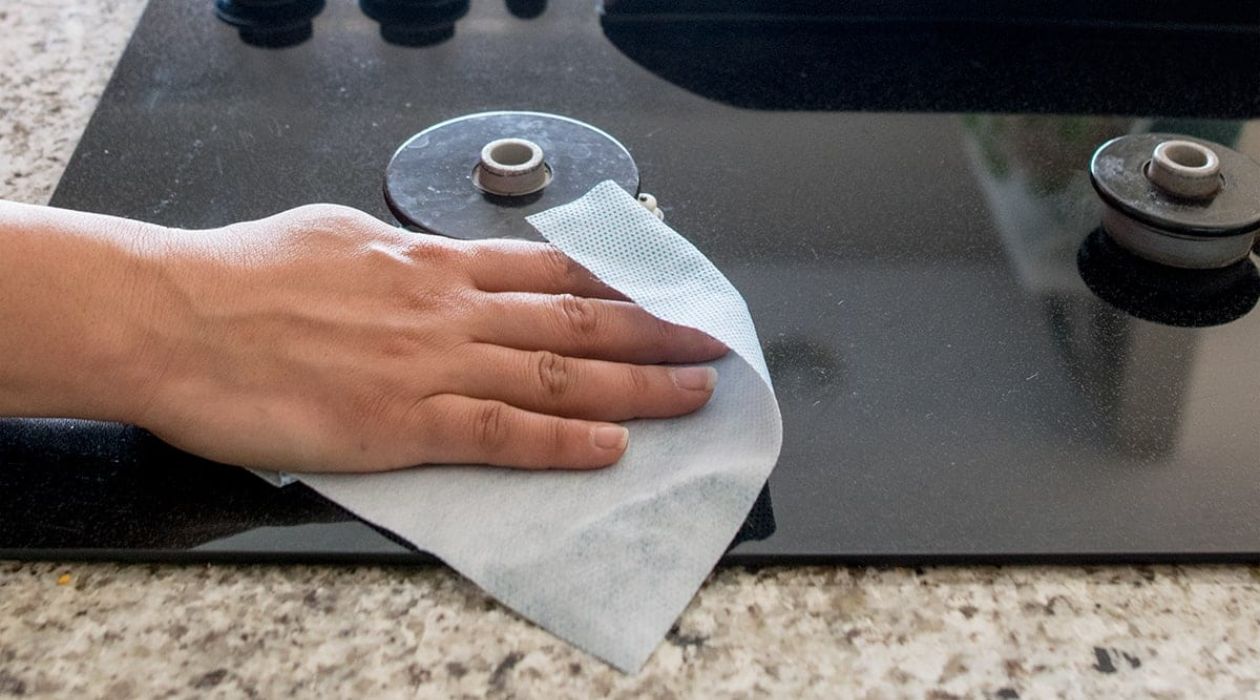
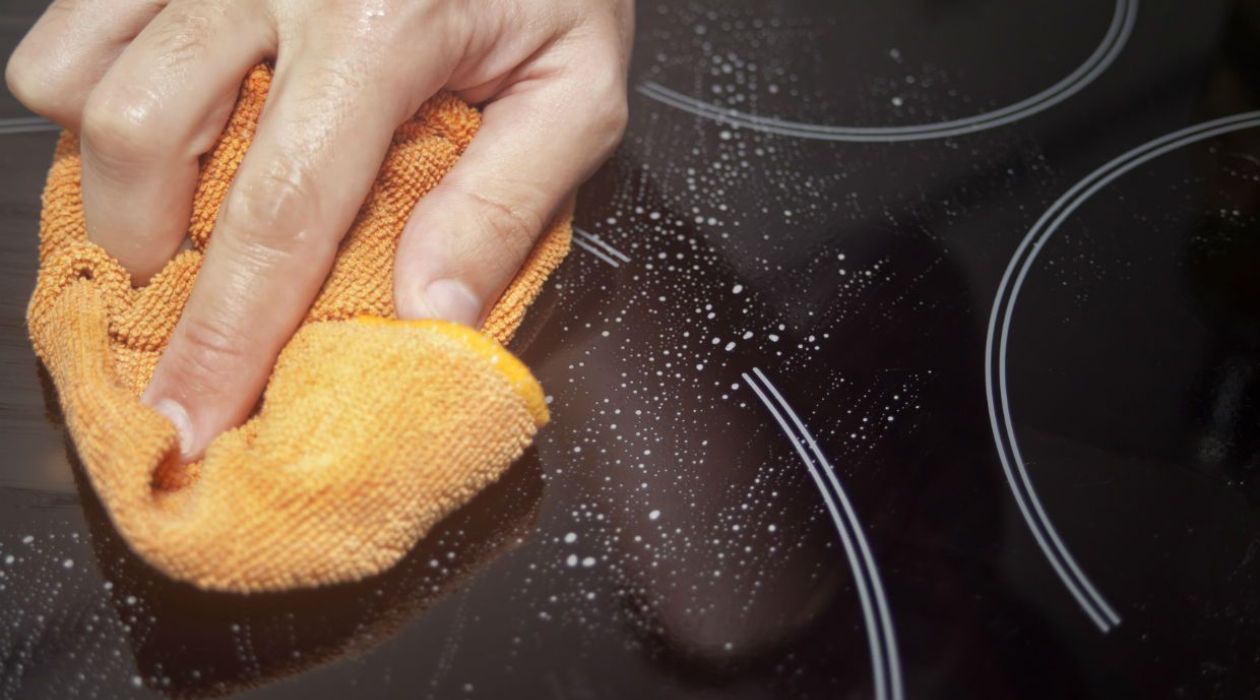
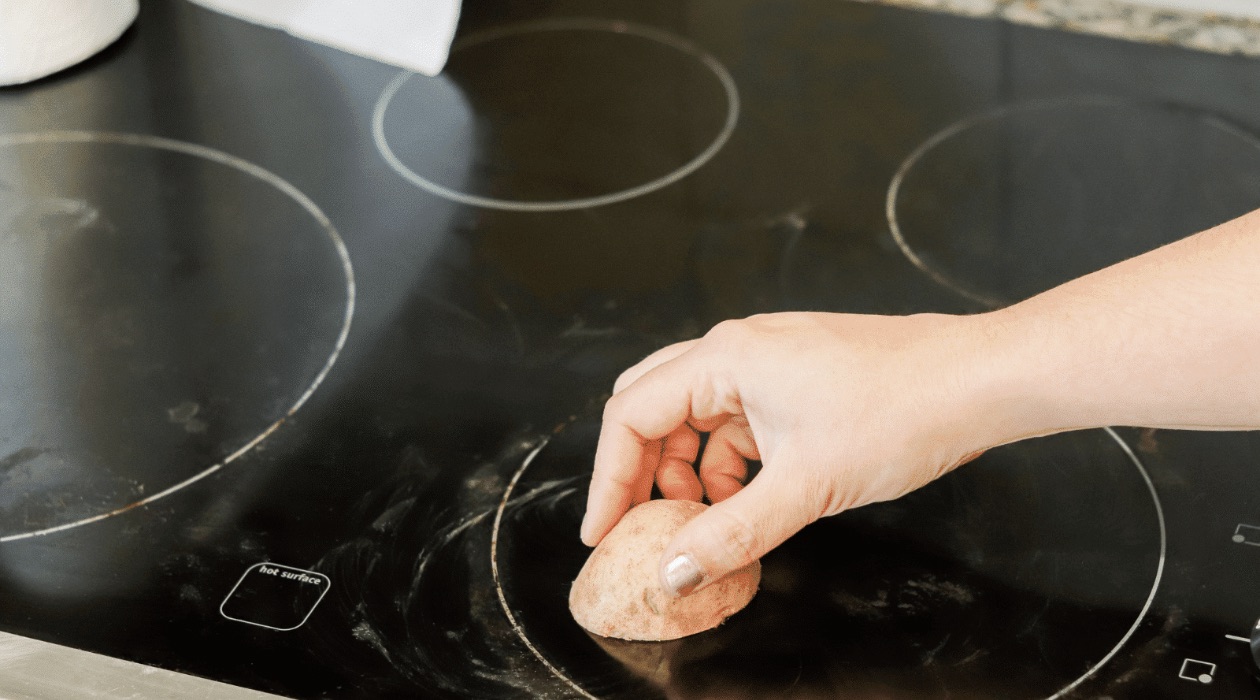
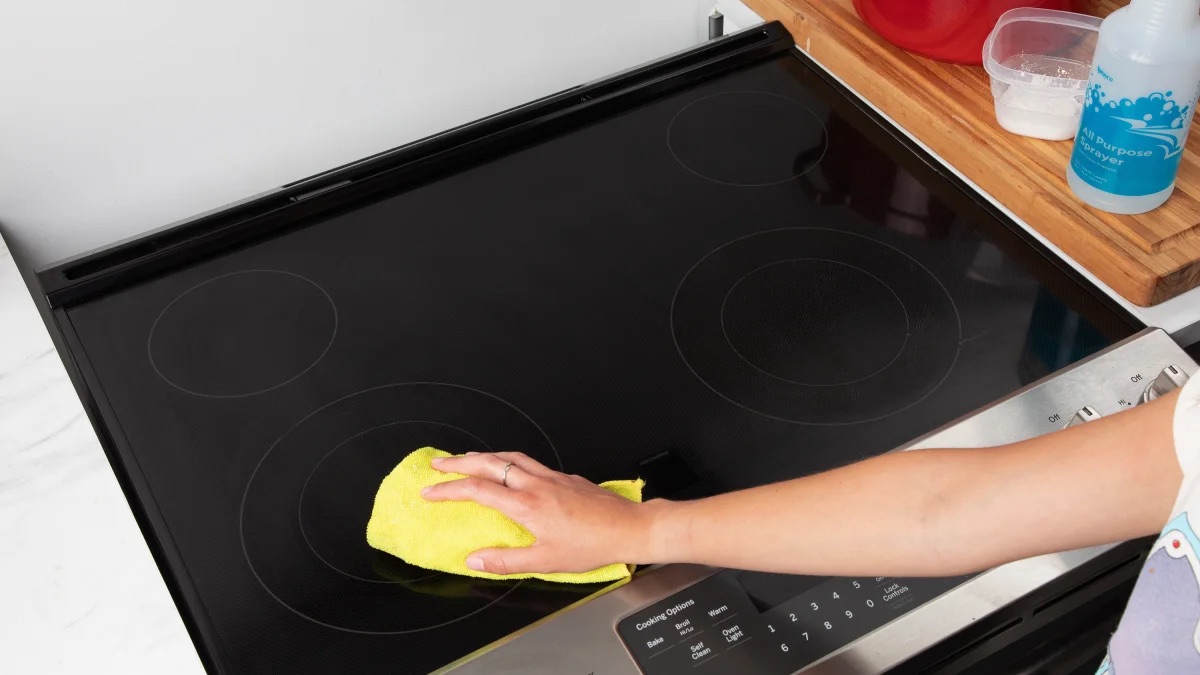
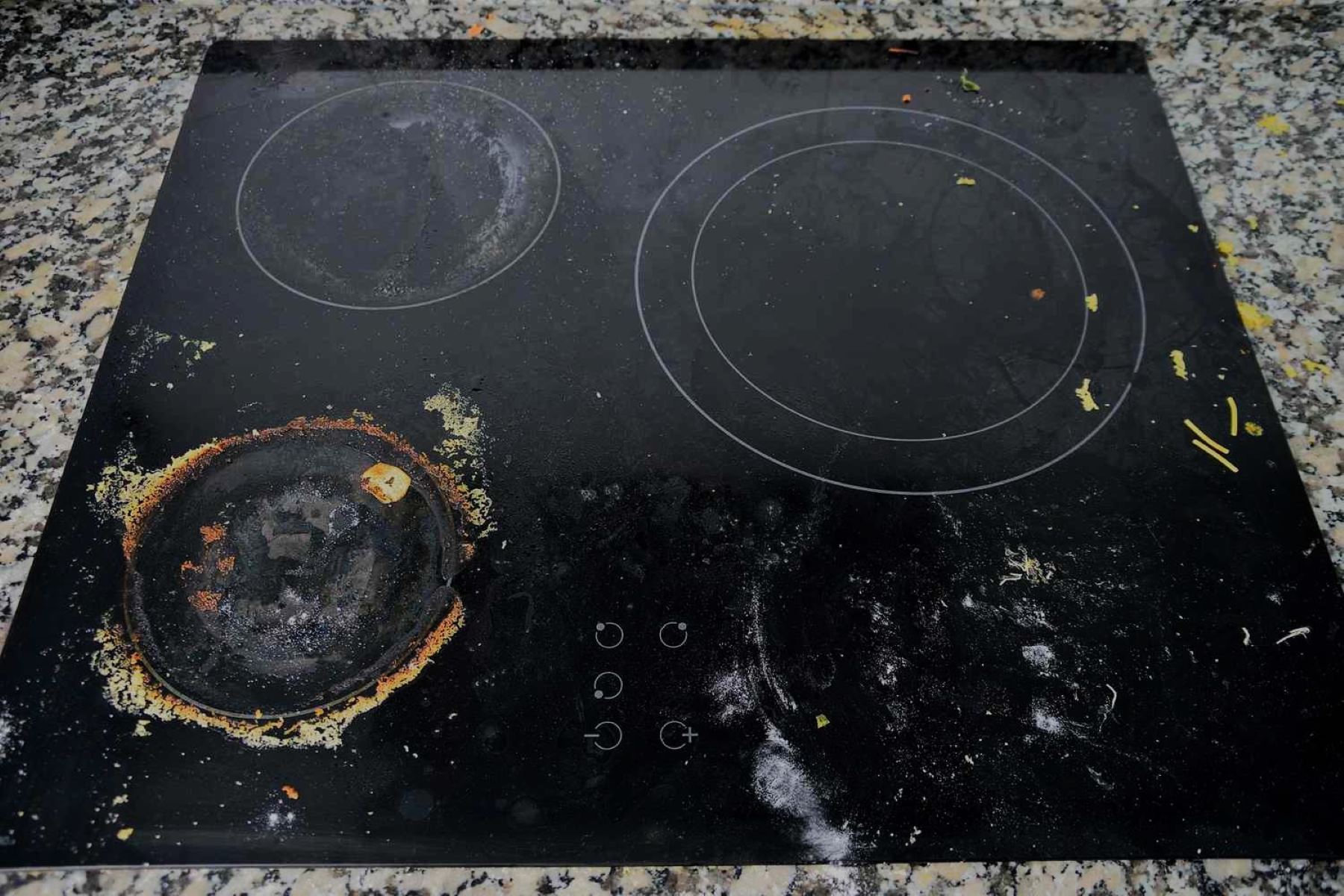
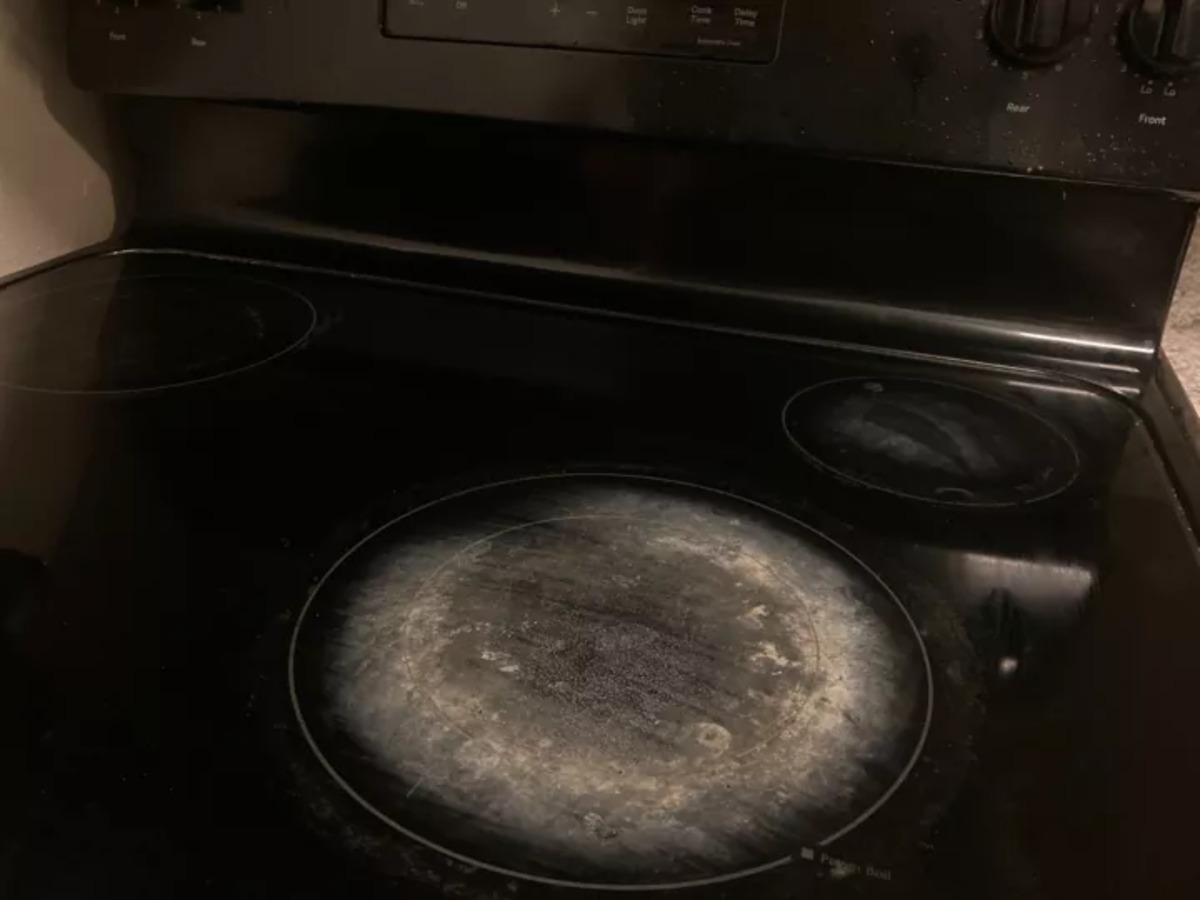
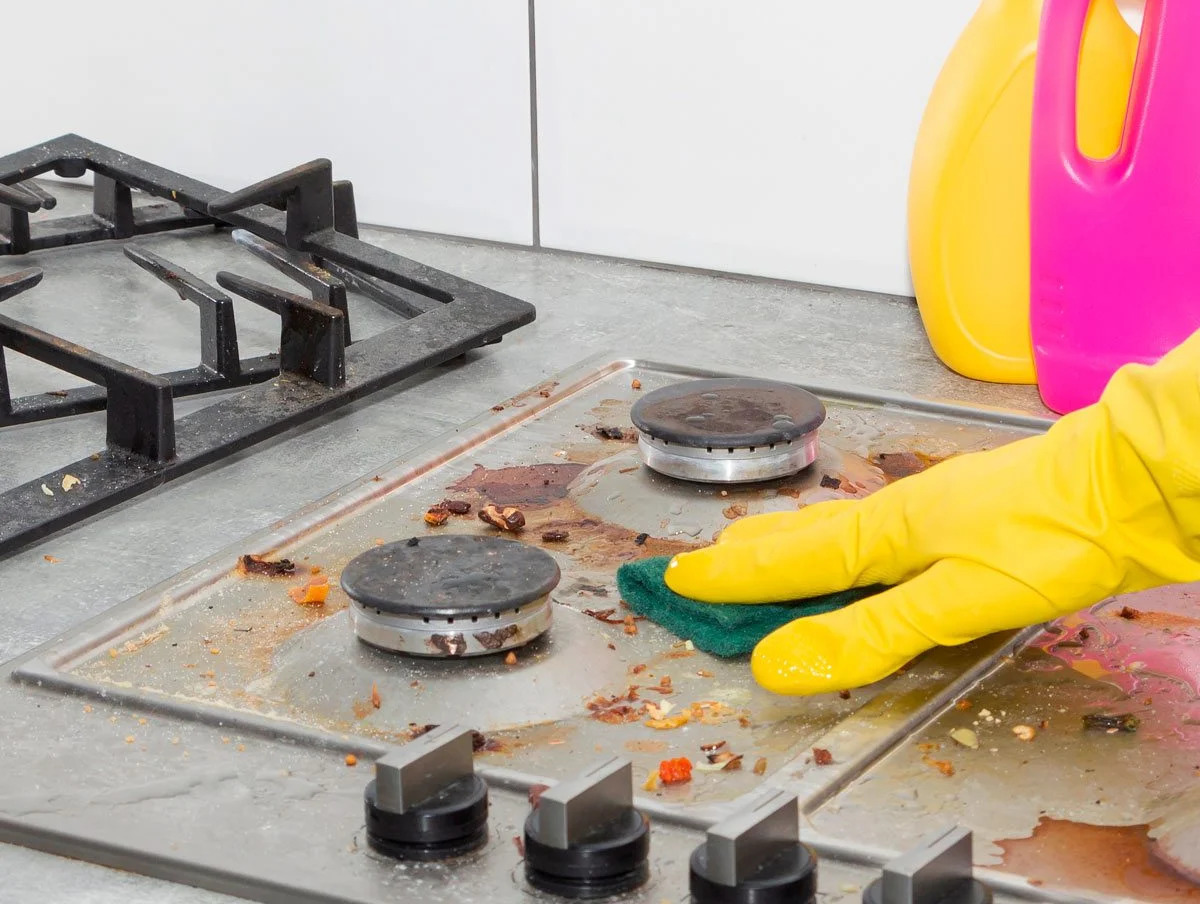

0 thoughts on “How To Get White Film Off Glass Top Stove”